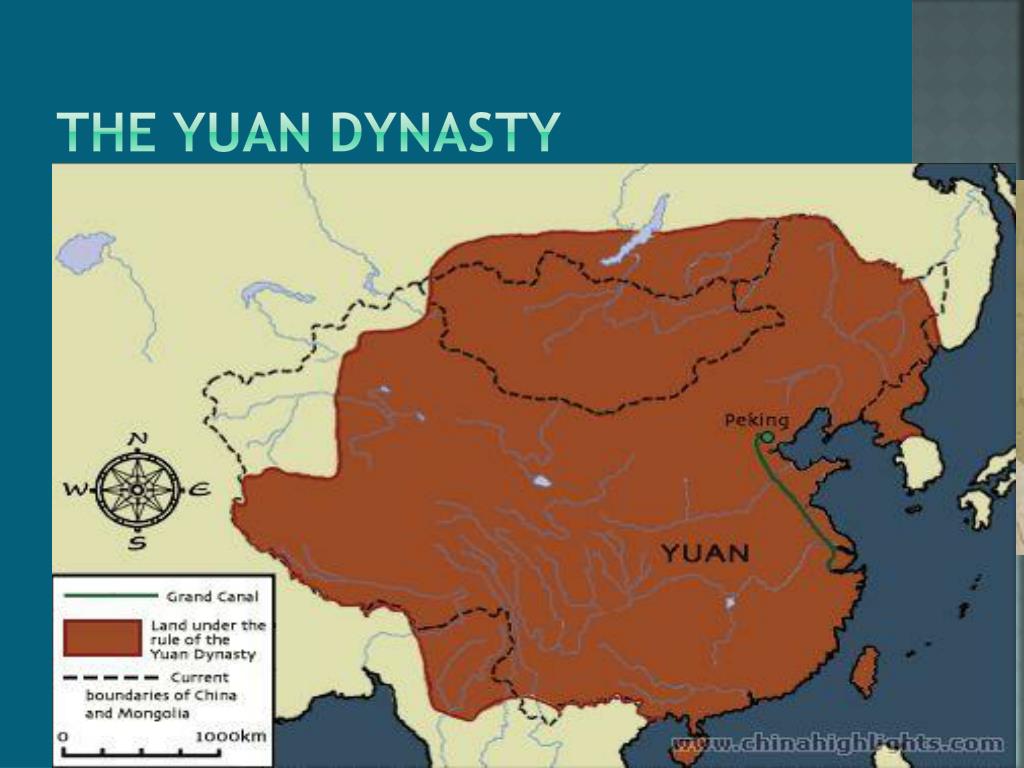

These disasters drained increasingly scarce resources from other areas while negatively impacting the dynasty’s capacity to support the empire as a whole. Typhoons and floods here ultimately cost the court far more than its support for hard-pressed Mongolian refugees. Four-fifths of the Yuan population lived south of the Yangtze, and the area’s production of grain, cotton, silk, and salt were all crucial for government revenue and general wealth accumulation.
.jpg)
This political and spiritual doctrine had been used countless times throughout Chinese history to justify empirical decisions. Although a foreign dynasty, the Yuan claimed legitimacy by invoking the Mandate of Heaven. Second, serious flood damage to the Yangtze delta occurred at a critical moment when this rich granary was badly needed to support other stricken areas. Kublai Khan, the grandson of Genghis, declared the Yuan dynasty in 1271. According to the Los Angeles County Museum of Art: The Yuan dynasty (12711368) was founded by Kublai Khan (12151294) who moved the capital from Khara. Although well-intended, the policy ultimately undermined both the wider economy and the government finances. The situation became so dire, however, that this official relief across such a vast area consumed as much as one-third of government revenue in bad years.
#Yuan dynasty series
When a series of such catastrophes struck, the emperor Kublai extended the ancient Chinese Confucian policy of huang zheng (disaster relief) to all parts of the empire. First, the sheer size of the Yuan Empire, which included the territories of modern central and southern China, along with the Mongolian steppe to its north and other territories to the northwest and northeast, made it vulnerable to many different sorts of climatic disasters. Yuan Dynasty (1206-1368) Mongols rule China and Marco Polo visits Hangzhou in 1290. This study highlights two neglected climate-related factors that played a much greater role in the dynasty’s demise than has been previously established. The dominant view largely blames their quick demise on extravagant grants to the Mongolian aristocracy and army and excessive expenditures on war, but even a perfunctory analysis of the data reveals these behaviors had effectively disappeared decades before the dynasty collapsed. The Yuan Dynasty, once formed, will have a manpower limit of 8220935. Therefore, only given names are shown in the following list.Although climate science suggests that the Yuan era in China witnessed a number of natural disasters, historians have yet to consider such data in their accounts of the Yuan dynasty’s rapid fall. The Yuan Dynasty is a formable located in East Asia. Genghis Khan's grandson, Kublai Khan, was the founder and first emperor of the Yuan Dynasty. It ruled most of the modern-day China from 1271 to 1368. According to Mongolian tradition, clan names are not used together with given names, and Mongolian people are usually referred by their given names only. The Yuan Dynasty was a period of time when China was under the rule of the Mongol Empire. Kublai Khan, the grandson of Genghis, declared the Yuan dynasty in 1271. The Yuan Dynasty in China was one of the five khanates of the Mongol Empire, founded by Genghis Khan. Ģ) To non-Chinese readers, usually the khan names are the most familiar names.ģ) Timur or Temür means the same Mongolian words but Temür will be used for avoiding confusion with Timur.Ĥ) The clan name (surname) of all emperors is Borjigin (孛兒只斤 Bó'érjìjǐn). The Mongol Dynasty Asia Society Background reading about 'Kublai Khan, grandson of Genghis Khan. North China was only part of the territory occupied by the Mongol Empire. Printable Map Maps of Chinese Dynasties: Yuan Dynasty The Art of Asia, Minneapolis Institute of Arts Color map showing land ruled by Chinas Yuan dynasty relative to present-day political boundaries. However, before Kublai Khan ruled China, these titles were just translations of the Mongolian word Khagan ( Chinese: 合罕 pinyin: Héhàn, Great Khan). A mix of the three for Kublai Khan.ġ) Decades before Kublai Khan announced the dynastic name " Great Yuan" in 1271, Khagans (Great Khans) of the " Great Mongol State" ( Yeke Mongγol Ulus) already started to use the Chinese title of Emperor ( Chinese: 皇帝 pinyin: Huángdì) practically in the Chinese language since the enthronement of Genghis Emperor ( 成吉思皇帝 'Chéngjísī Huángdì') in Spring 1206. Use "Yuan" + temple name or posthumous name after.

With no experience in the running of such a large and complex empire, the Mongols gradually adopted many Chinese cultural and bureaucratic models. Temüjin) or Khan names for khans before Kublai Khan. The Yuan dynasty (12791368) was the first foreign-ruled dynasty in Chinese history to commandeer all of China. When China fell to the Mongols, it became part of a vast empire that stretched northward into Siberia and westward to Europes Danube. Further information: Chinese emperors family tree (late) § Yuan dynasty and Northern Yuan PortraitĮra name and their according range of yearsĬonvention: use first name (e.g.


 0 kommentar(er)
0 kommentar(er)
